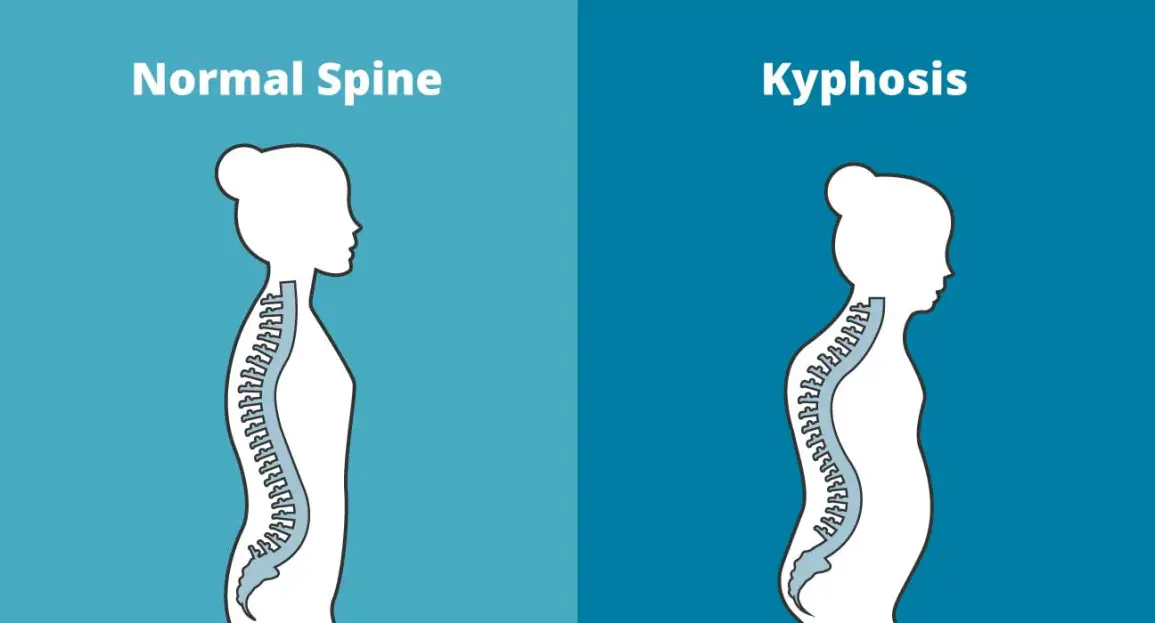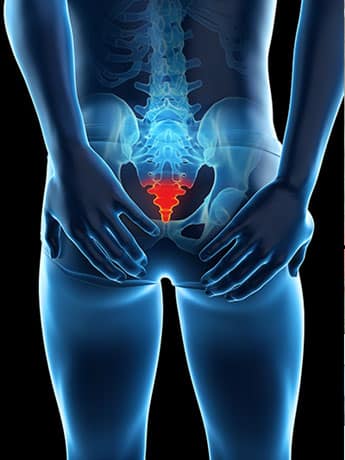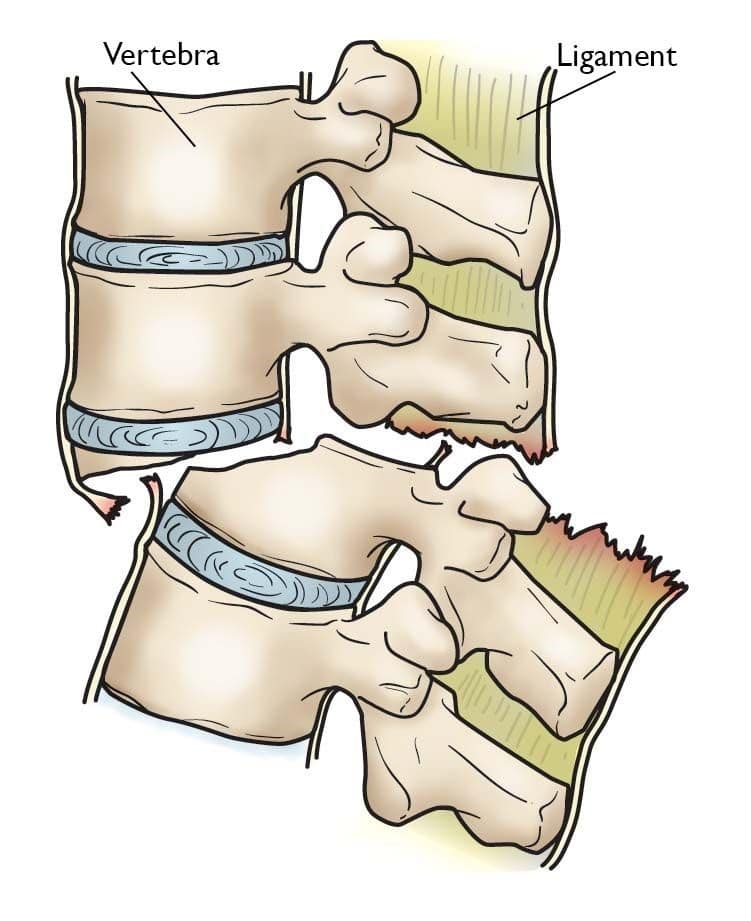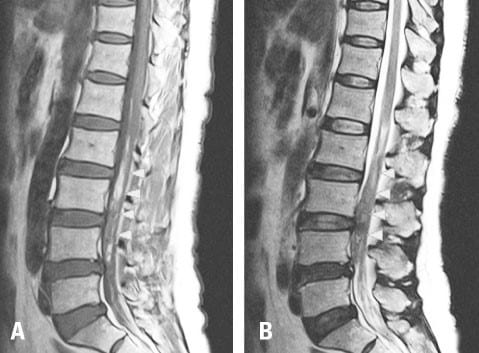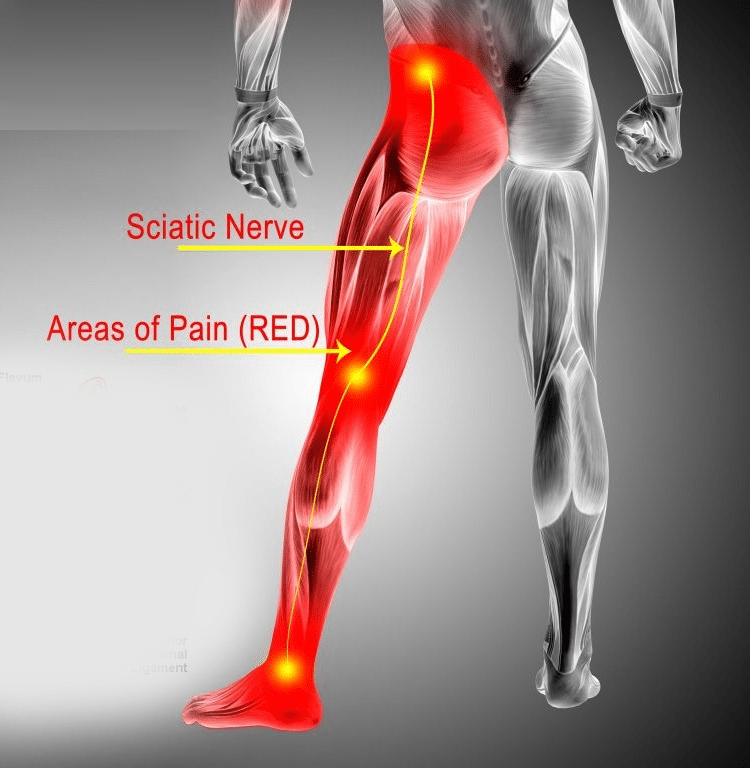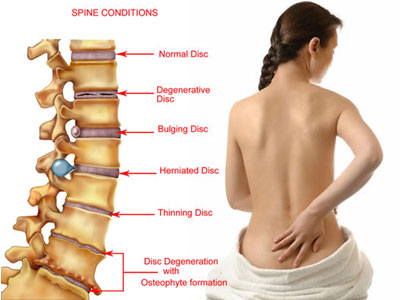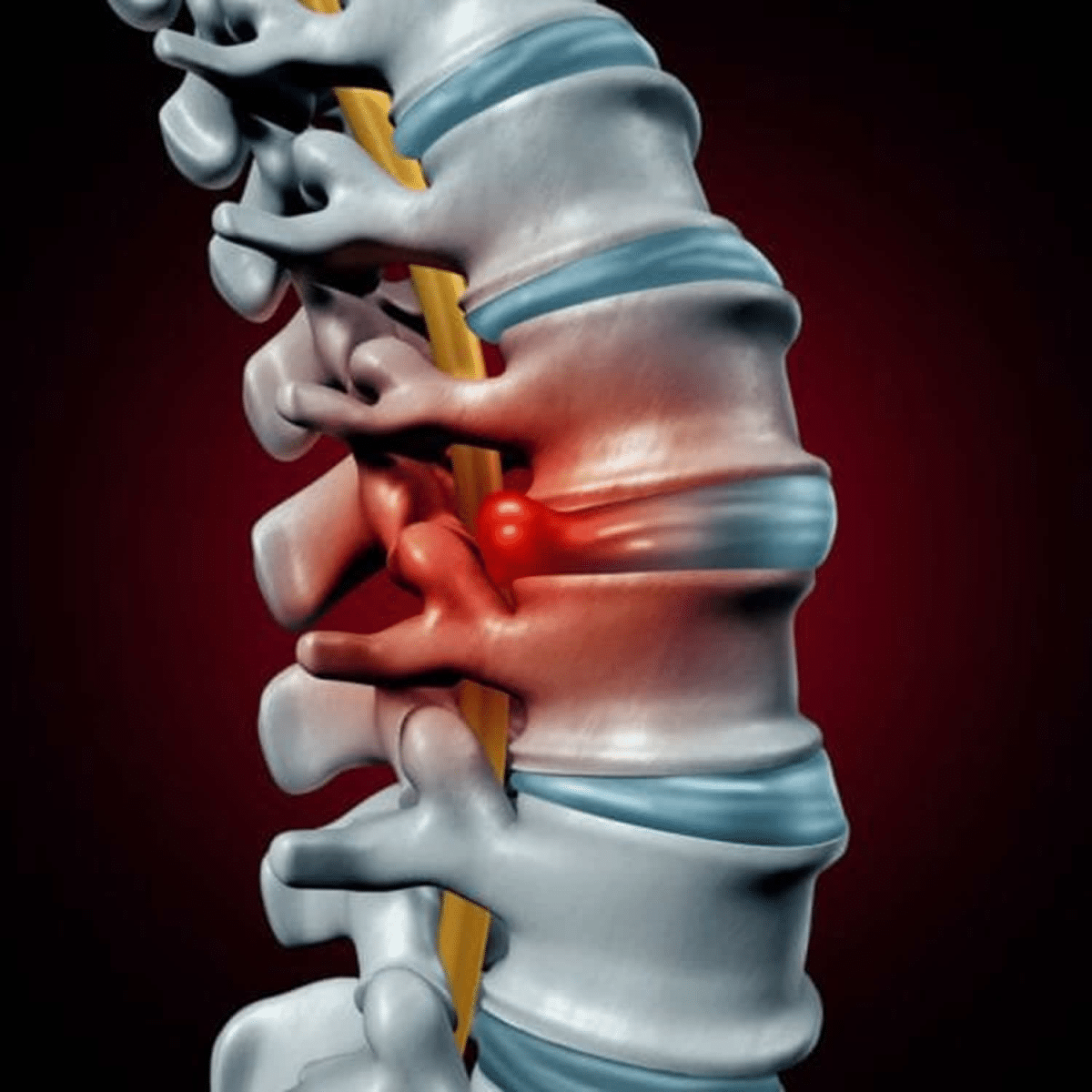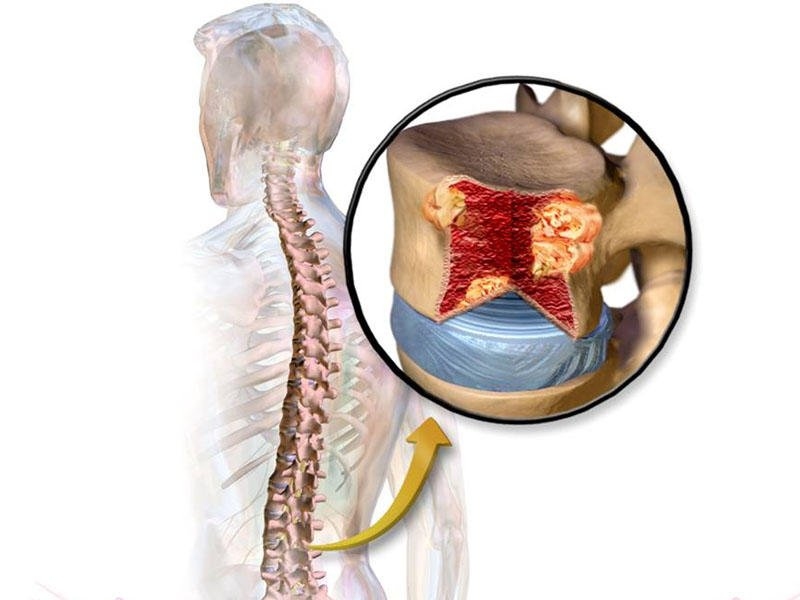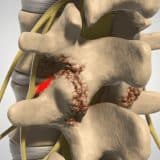Coccydynia is a medical term that refers to pain occurring in the coccyx region, that is tailbone pain. It is also referred to as coccygodynia, coccalgia, neuralgia or coccygeal.
Vertebrae are the bones in your spine that are fused by articulations. They not only protect your spinal cord but also facilitate axial loading and support the limbs. Vertebral fractures occur because of wrong axial loading and dislocations due to trauma, falls, bone diseases, infection, or metastasis.
Spinal hematoma is a condition in which blood accumulates, which compresses the nerve roots present near the spine or sometimes the spinal cord. It is a matter of concern when blood collects anywhere in the body. But it is even more problematic when it collects near the spine. The compression that it causes is serious and must be treated as quickly as possible.
A vast majority of the nerves in our body pass through the long spinal cord to reach several parts of the body. One such nerve is the sciatic nerve. When the sciatic nerve exits the spinal cord, it supplies the hip joints and the legs. This nerve ends at the toes. Due to its long path, the chances of damage increase proportionally, leading to a condition called sciatica. At the same, since the path is long, in case of damage, the entire leg might be affected. Read on to learn more about the causes and symptoms of sciatica, and its treatment and risk factors.
The spine is a large organ of our body, which plays a major role in holding our body together. It plays a key role in helping us sit upright, walk erect and conduct various other physical activities. With such high usage and requirements, the chances of common spine problems increase even more
As we age, our bodies, that is, bones and muscles, degenerate with time. The main reason for this is the constant wear and tear that happens due to extensive body stress and work, with lesser rest hours. One of the most common problems people face due to constant wear and tear is cervical spondylosis.
A herniated disc occurs when the spinal disc's soft center or nucleus comes out from the case. This impacts nerves close to it, causing pain, weakness and numbness in the limbs. But if the disc does not pressure nerves, it will not cause pain. A herniated disc is also called a slipped or bulging disc.
The lumbar spine includes five different vertebrae in the lower portion of your spine between the pelvis and your ribs. Lumbar spinal stenosis occurs when the spinal canal narrows down, compressing all nerves...
A spinal tumor is the unusual growth of cells inside or around the spinal column. This mass of cells usually grows and divides without any control as it is not checked by the mechanisms responsible for controlling normal cells.
